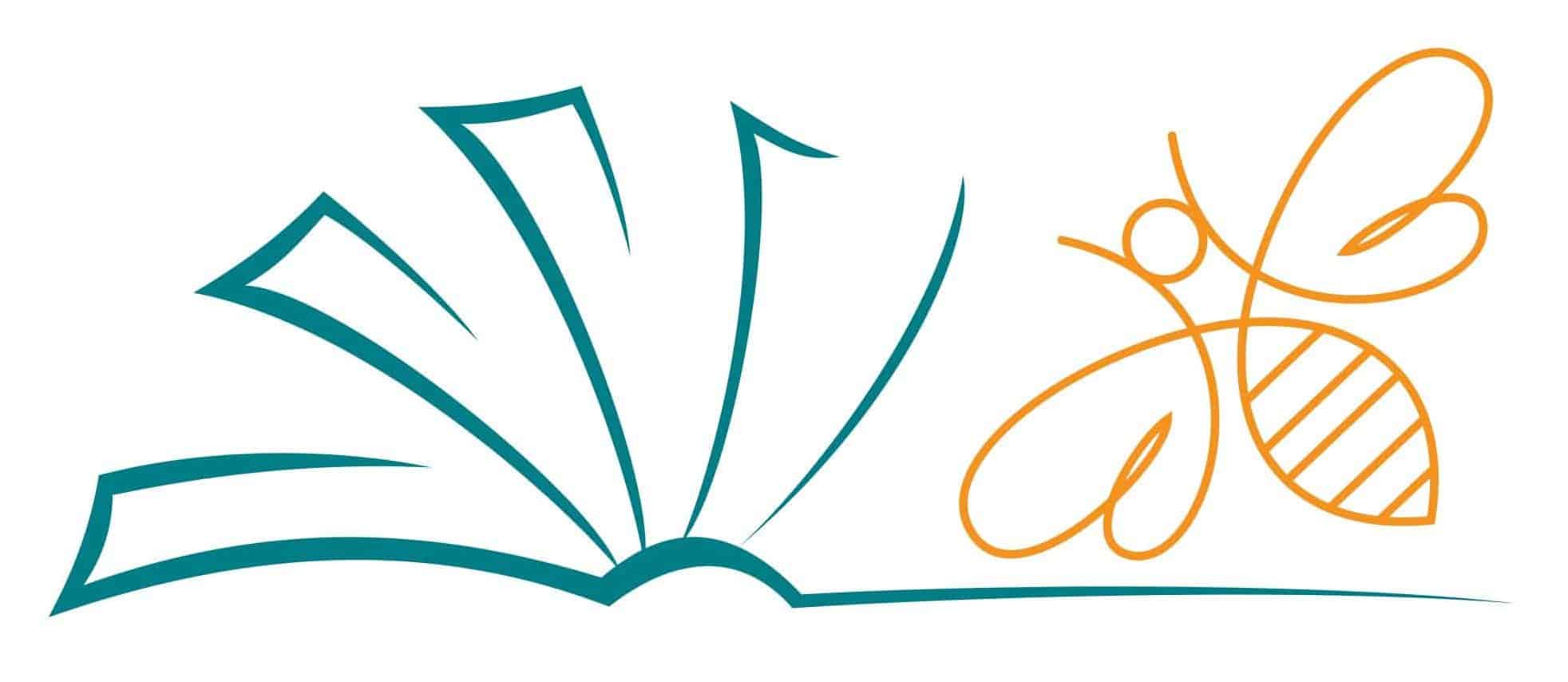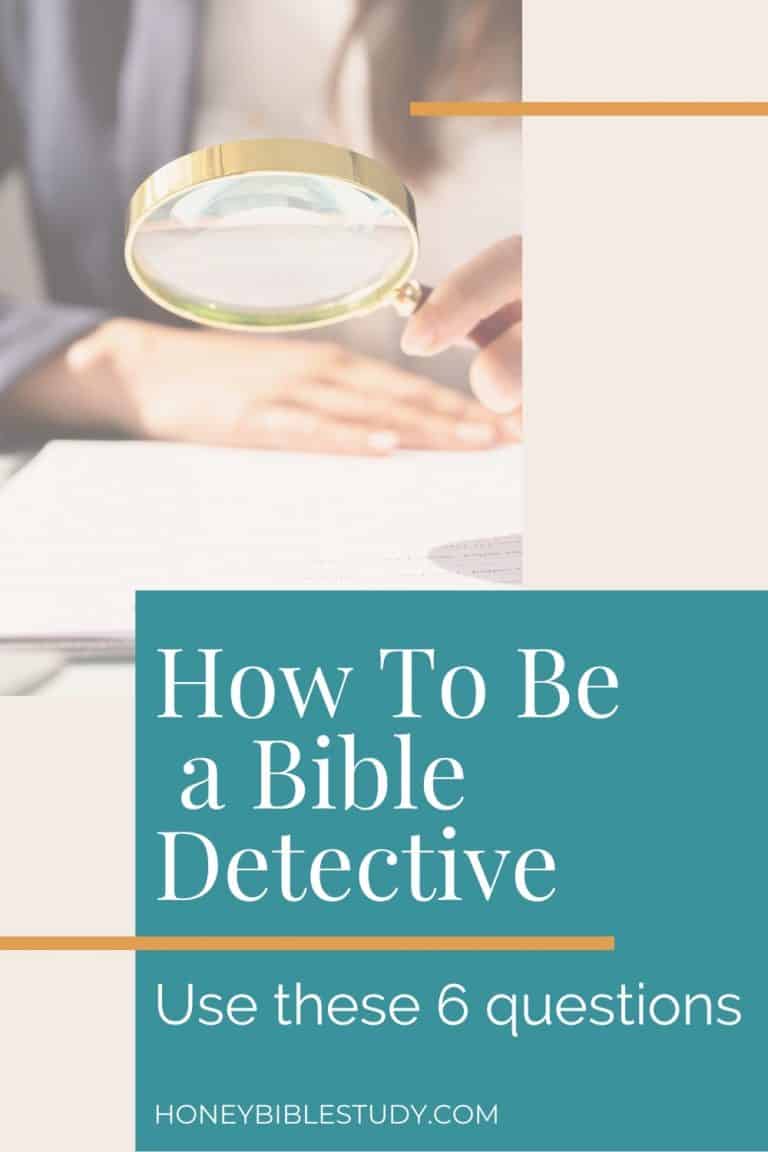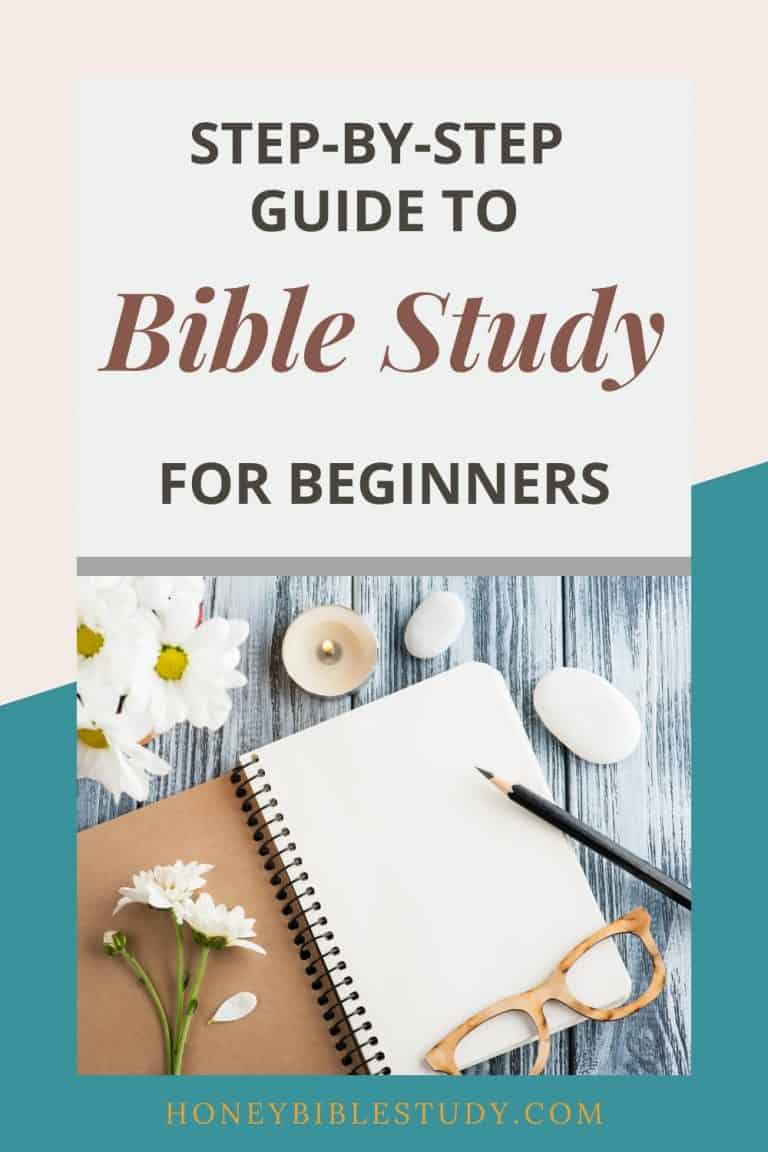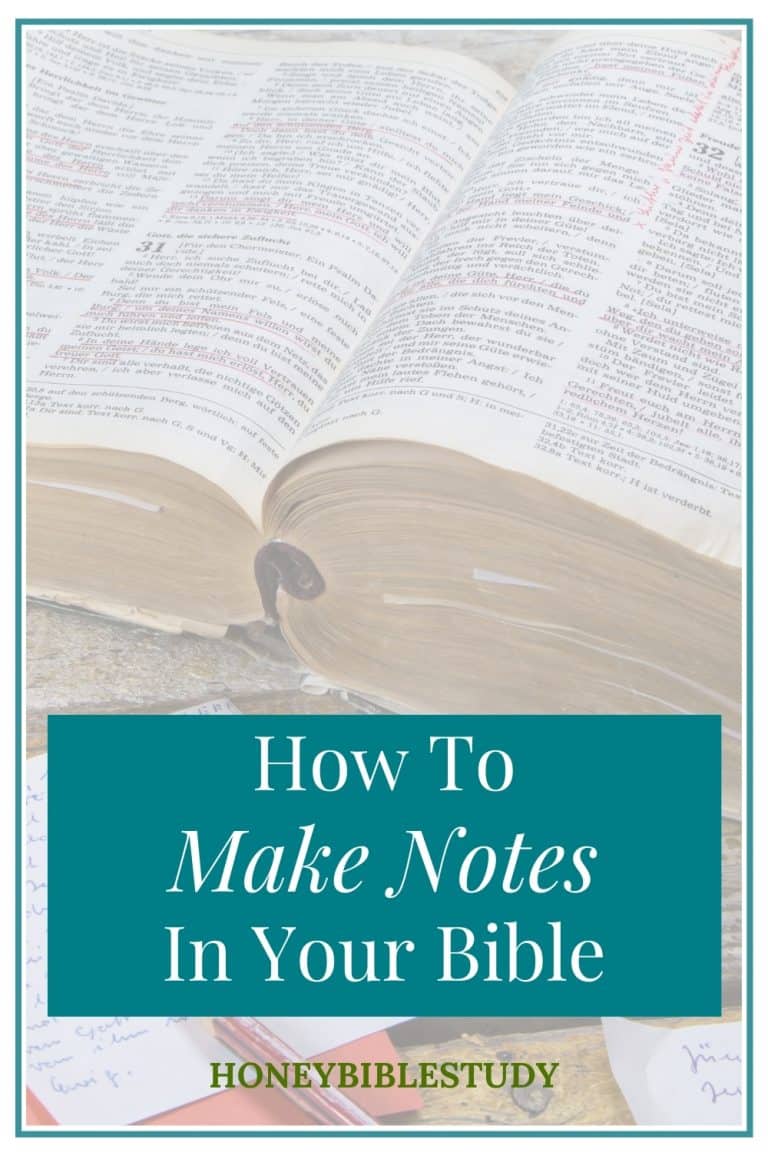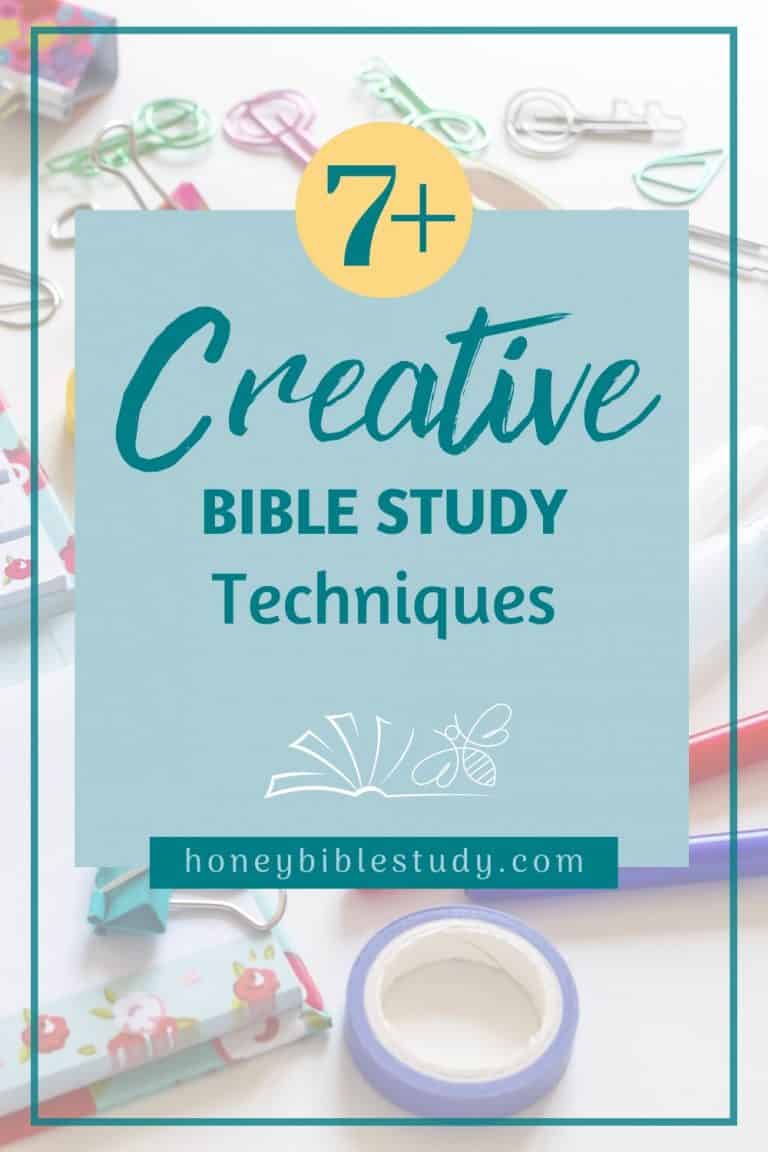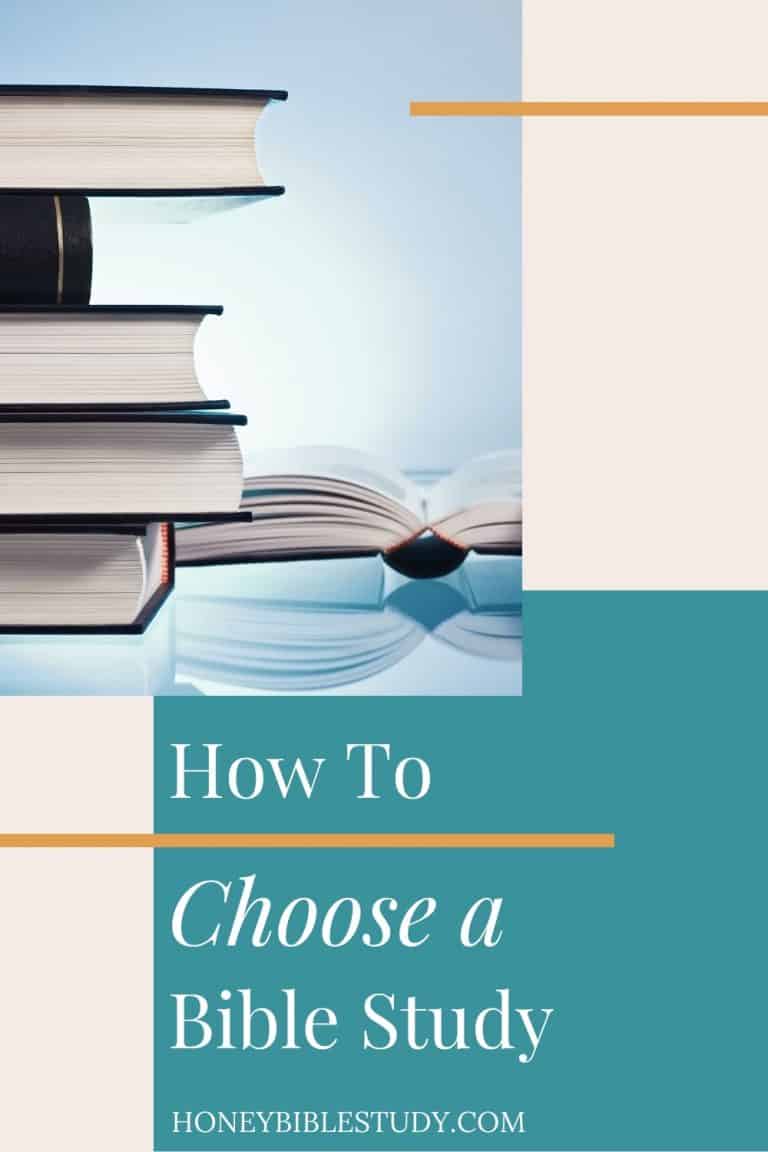What Type of Bible Should I use?
If you are going to spend time reading and studying the Bible, you really need to know what type of Bible to use. So first, let’s clear up the confusion of the terms; translation, version and type. The Bible was and is translated from its original languages – mainly Hebrew and Greek into English hence Translation
And Scholars have gone on translating and creating new Bibles in English and other languages over the centuries. These are referred to as Bible Versions. There are many available today but we will not be looking at them in detail as it’s a whole subject for another time. However, what you need to know, briefly, is that Bible Versions or Translations fall into one of three categories; Literal Translation, Dynamic equivalence and Paraphrase (See the Honey Bible Glossary for the definitions of these)

When choosing a Bible the type you should look for is a Literal Version ie word-for-word translation such as the King James Version (also known as the Authorized Version) or the New King James or any other version that you have established is a sound translation.
Dynamic Equivalence Bibles – are those that aim to stay true to the spirit of the original whilst expressing it in easily understood terms. Whilst the reader may benefit from consulting these versions, they are not recommended for accurate Bible Study purposes eg Living Bible, New Century Version
Paraphrase Bibles – those that are only thought-for-thought (ie without strict attention to the accuracy of translation) such as the Good News, Living Bible or The Message. These aren’t recommended for accurate Bible Study purposes.
What we are talking about here are the different formats or Types of Bible that are on the market. ie the way the Bible is presented by the various Publishers.
What Types of Bible are there?
Good question! There is a vast range of Bibles available these days if you look at different formats. But not all formats are available in all the Translations. Some Publishers have their own translations and then present them in different ways.

Generally the Types of Bibles available today fall into one of three groups.
Readers Bibles
First of all, there are Bibles available that are just the plain text. They are only occasionally listed as Readers Bibles, but within this grouping the following may be included with the Text
- single column text
- double column text
- paragraph headings
- cross references (links to other verses) in the margin or at the foot of the page
- Red letter edition where all the words spoken by the Lord Jesus Christ are printed in Red
- Concordance – this is a Dictionary-type list of words giving verse references to where else you will find the word used within the text of the Bible. These Concordances list significant words only
- Maps
Bibles for Journaling
This type of Bible comes with an extra wide blank margin to write notes and references on. The margin can be on one or both sides of the text. And the text may be in a single or a double column. They have been available for a long time. However in recent years, there has been a growing interest in illustrating verses in the note space. They can be used for both purposes.
These Bibles are known as Journaling Bibles. Some are interleaved with blank pages for you to create artwork or notes on. Others have some illustrations printed alongside the text for colouring in or inspiring you to create your own. They may or may not have some of the other features of a Readers Bible
Study Bibles with Notes
This group is so wide I think it may be helpful to break it down further into the various types that fall within this section:-
- Age or Gender specific notes such as the Teen Bible or the Women’s Study Bible
- Topic Bibles where there are general notes but also extra notes on specific topic throughout the Bible eg The Creation Bible
- General Study Bibles where there are notes, explanations and other useful information added. These may be in the text as clearly defined Info.boxes, below the Text, or at the beginning of each Book or Chapter of the Bible. Many other notes, charts, graphics, maps etc., may be included at the back of the Bible eg Thompson Chain Reference Bible.
- Commentary Bibles – these have a running commentary (usually at the foot of the page) explaining the Bible Text. eg Scotts Bible, Matthew Henry’s Bible. It’s as if you had a Pastor or Bible Teacher constantly interpreting the text whilst you read. The notes reflect the doctrinal position of the writer and are not always as generally understood by other Pastors and Bible Teachers.
- Language Study Bibles – these have systems specifically to help readers understand the Hebrew or Greek text underlying the English. eg Bible with Strong’s numbering, Zodhiates Old and New Testaments or Newberry’s Bible

Conclusion: What Type of Bible you should use
Today many of us are in the enviable position of being able to own more than one Bible. In
When choosing your Bible(s) you will want to consider which version or translation you use. If you want to have a readers Bible and a Study Bible make sure that they are of the same translation, otherwise you will make it unnecessarily complicated with cross-referencing and researching between the two.
So your main purchase, should be the type of Bible that falls within the General Study group with sufficient extra information that will help (not hinder) you in your studies. Try to avoid the ones that will distract you with intrusive colouring and symbols. (You may want to be able to add these yourself in due course).
If you are able to afford more than one printed copy then consider having a Readers Bible with as plain a text as possible. With this type of Bible you can read undistracted by notes, comments or anything else. As they are often the smallest or slimmest of formats, they are suitable for slipping into a pocket or bag and taking with you to work, Church or wherever you might have time to read.
If you want to have Bibles in other versions, try to purchase the cheap paperback versions or look for second-hand copies. These are really only for when you wish to compare translations, and then on a regular basis

Some other things to consider when choosing your type of Bible
Buy the best quality you can afford, preferably hard back or leather-type cover. Your Bible is going to have a lot of use. And if you want to write your notes in it, you won’t want it falling apart too quickly. I know it is often said that if the Bible is falling apart the owner won’t be (ie they have worn it out reading it). But a Bible that is insufficiently bound will fall apart before you have had your money’s worth from it.
You will also need to consider the size of the print for ease of reading. And look at the paper quality as to whether it is suitable for note taking.
FURTHER INFORMATION CAN BE FOUND HERE:-
